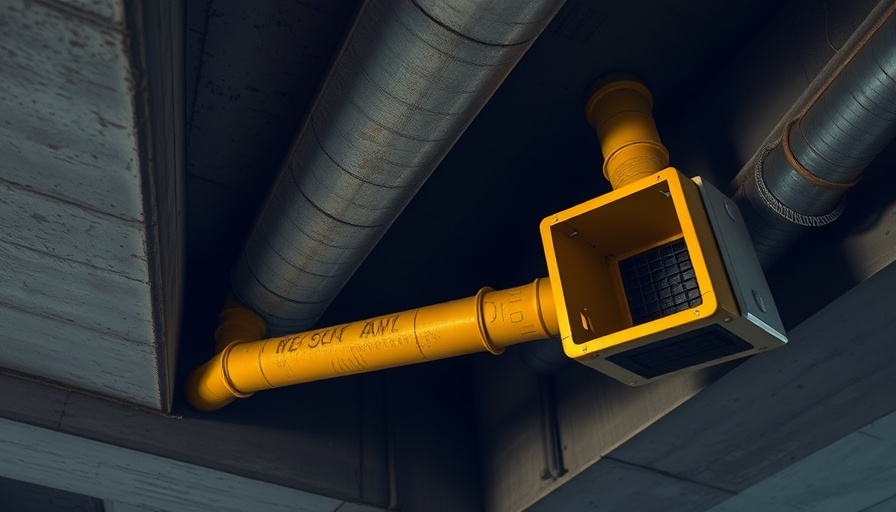
Understanding Pest Control Costs in Vaughan
Are you a homeowner or a potential homebuyer in Vaughan looking to safeguard your space from unwanted pests? Understanding the costs associated with pest control is essential in order to make informed decisions that protect your property. From ants to rodents, the variety of pests you may encounter affects the pricing and services needed for effective extermination. This article will guide you through the typical costs linked with pest control services in Vaughan, ensuring you can budget properly while maintaining a pest-free environment.
Ant Extermination: A Costly Yet Necessary Expense
If you find yourself dealing with an ant problem, particularly carpenter ants, you must act quickly. These pests can inflict significant damage on your home’s structure if not handled promptly. Expect professional ant extermination services in Vaughan to cost between $275 and $350. This investment not only ensures the elimination of visible ants but also helps prevent future invasions by addressing potential nesting sites.
Dealing with Mice: Lower Costs, Higher Risks
Mice are a common nuisance in many Vaughan households, and the costs associated with getting rid of them can vary greatly. Basic inspections offered by pest control services typically start around $75 to $150. However, if your home experiences a mild infestation, costs can increase to between $200 and $350. More severe infestations requiring extensive trapping and rodent-proofing measures can range from $600 to $900 or more. Given the potential damage mice can cause, addressing any signs of infestation swiftly is undoubtedly necessary.
Stinging Insects: Safety and Cost Combined
During warmer months, the presence of bees, wasps, and hornets can pose safety hazards, making their removal a priority. The average cost for their removal in Vaughan hovers between $250 and $360. By engaging professionals, residents ensure that the pests are managed safely, reducing the risk of stings and related allergies.
Confronting Cockroaches: The Resilient Pest
Cockroaches are notorious for their persistence and can require extensive treatment plans. In Vaughan, the costs for cockroach extermination generally range from $250 to $450, depending on the infestation's severity. Multiple treatments might be necessary to achieve complete eradication, making it crucial to follow through with professional guidance.
Bed Bugs: The Hidden Threat
Arguably one of the most challenging pests to eliminate are bed bugs, with treatment costs extensively varying based on the severity of the infestation. Homeowners can expect to pay anywhere from $300 to $2,500, depending on the size and scope of the problem. Effective treatments often require multiple visits and a comprehensive plan of action, so understanding the potential costs upfront is highly useful.
The Importance of Proactive Pest Control
The information provided here serves as a comprehensive guide, highlighting the necessity of understanding pest control prices applied across various infestations in Vaughan. Empowering homeowners through detailed knowledge ensures that swift action can be taken against pest issues before they escalate.
For trusted and affordable pest control assistance in Vaughan, be sure to reach out to Pestline Pest Control at 89 Shetland Crescent or call (647) 787-9489. Stay ahead of pest problems and maintain the integrity of your home.
 Add Row
Add Row  Add
Add 



Write A Comment